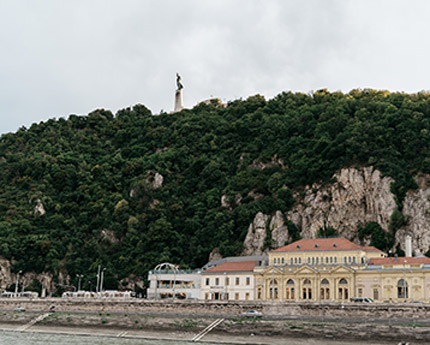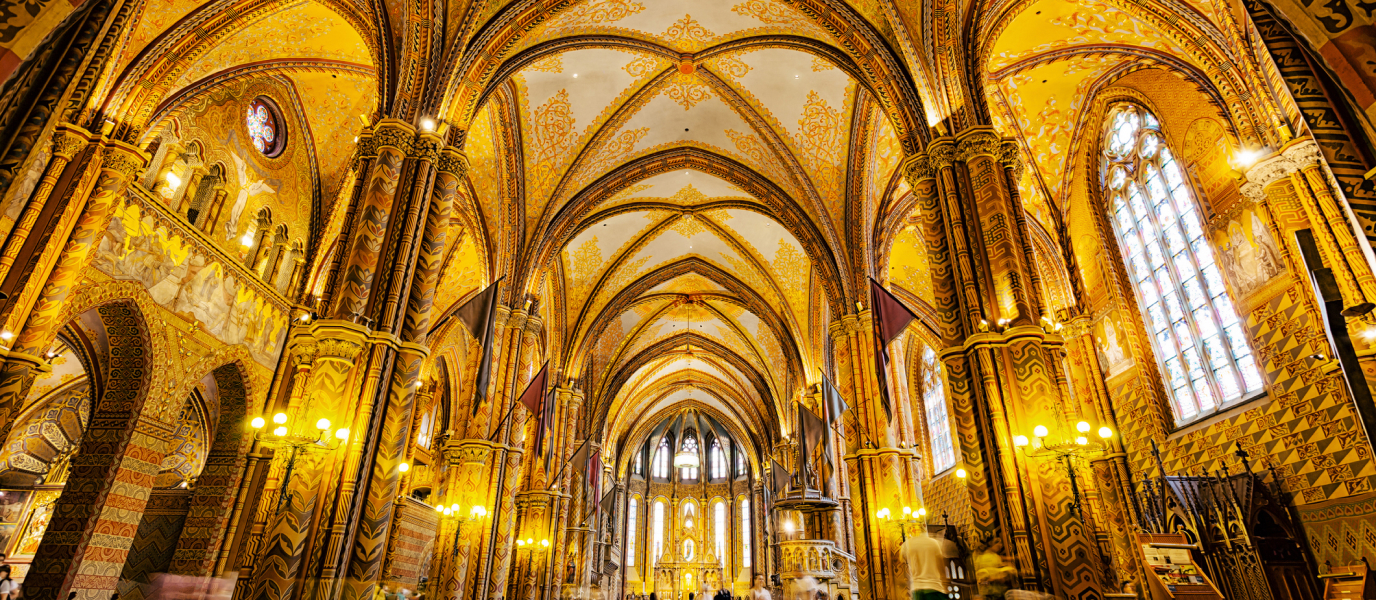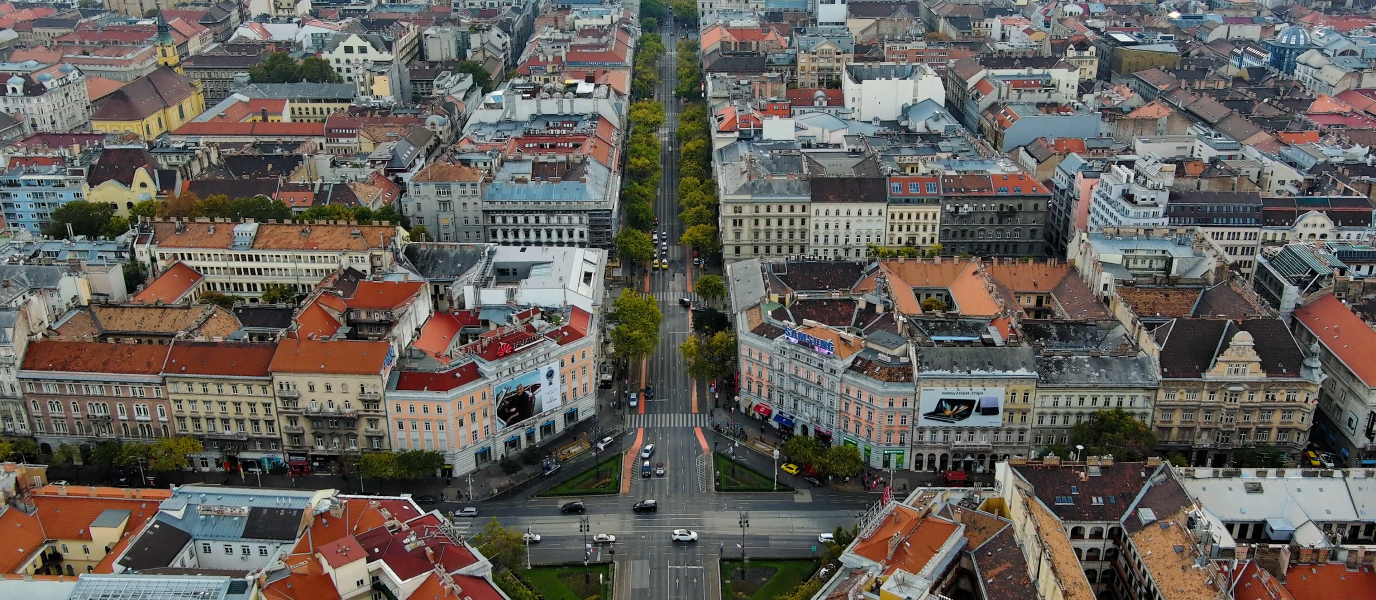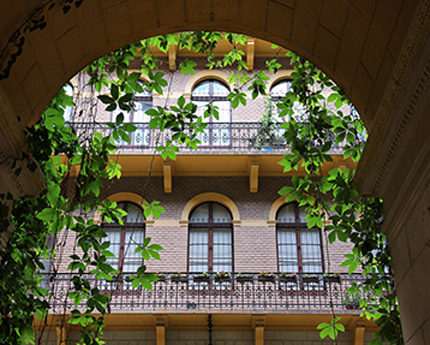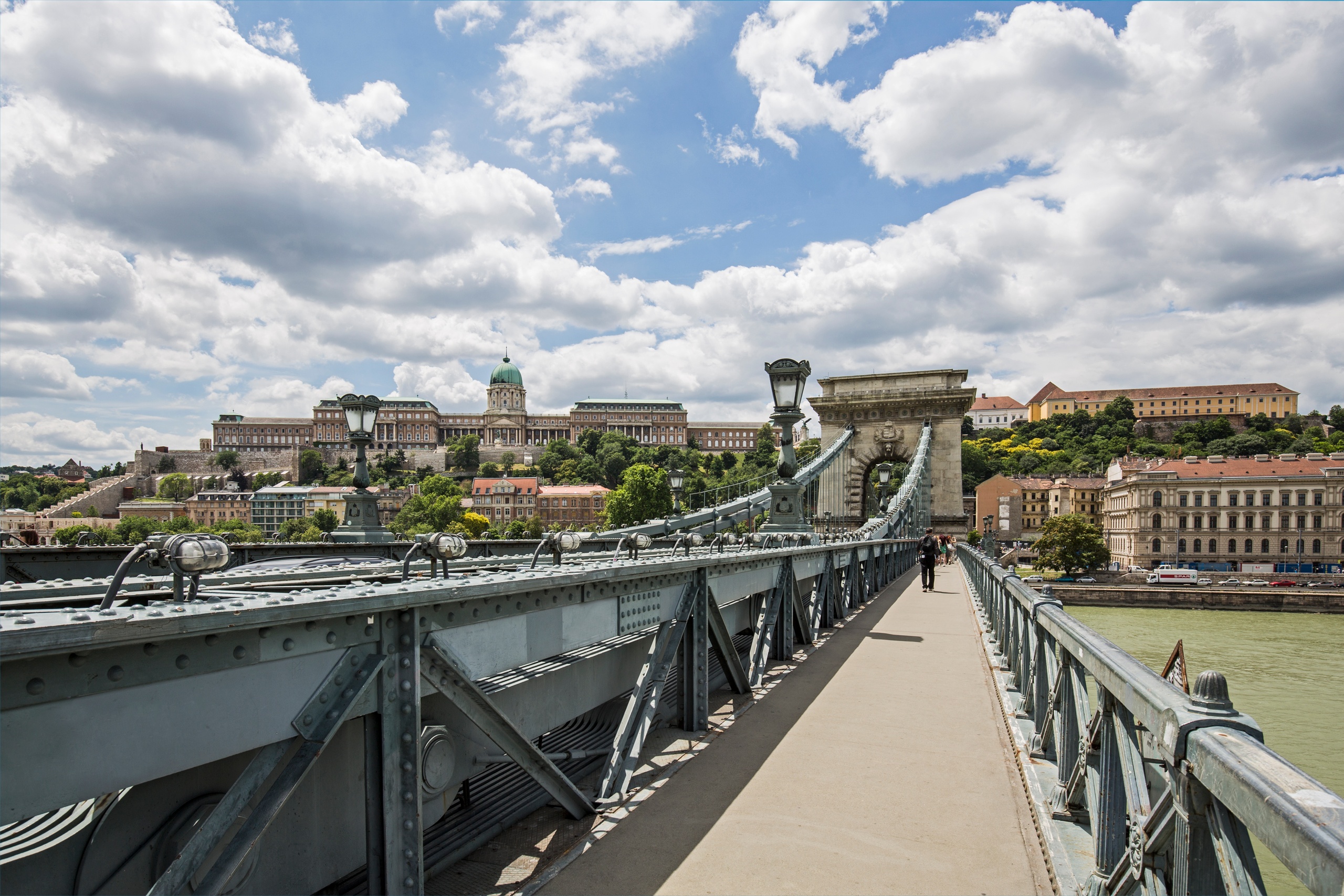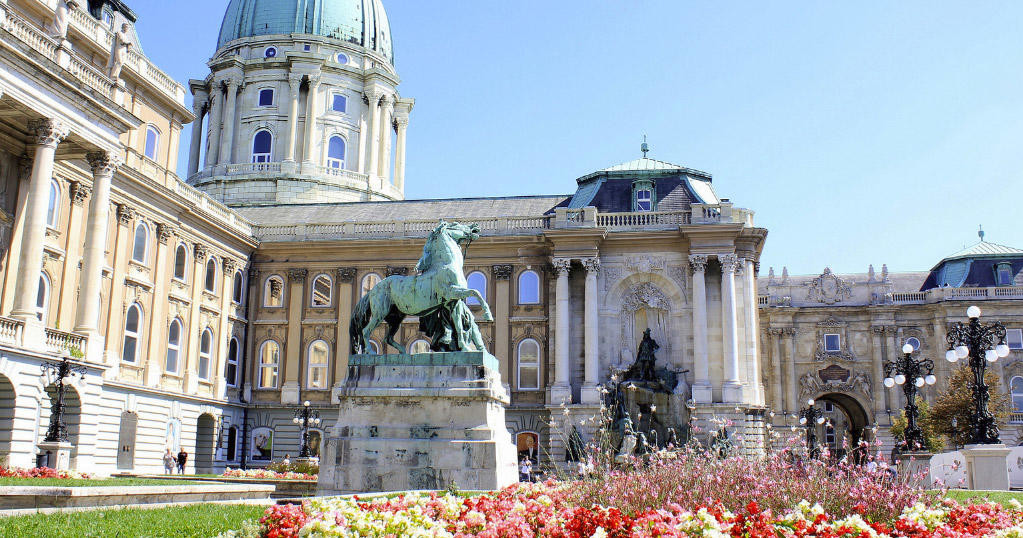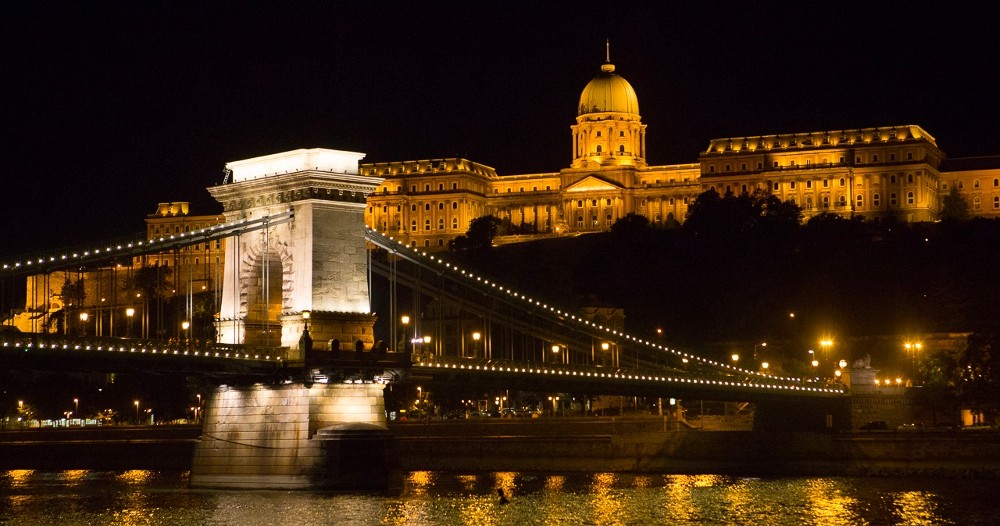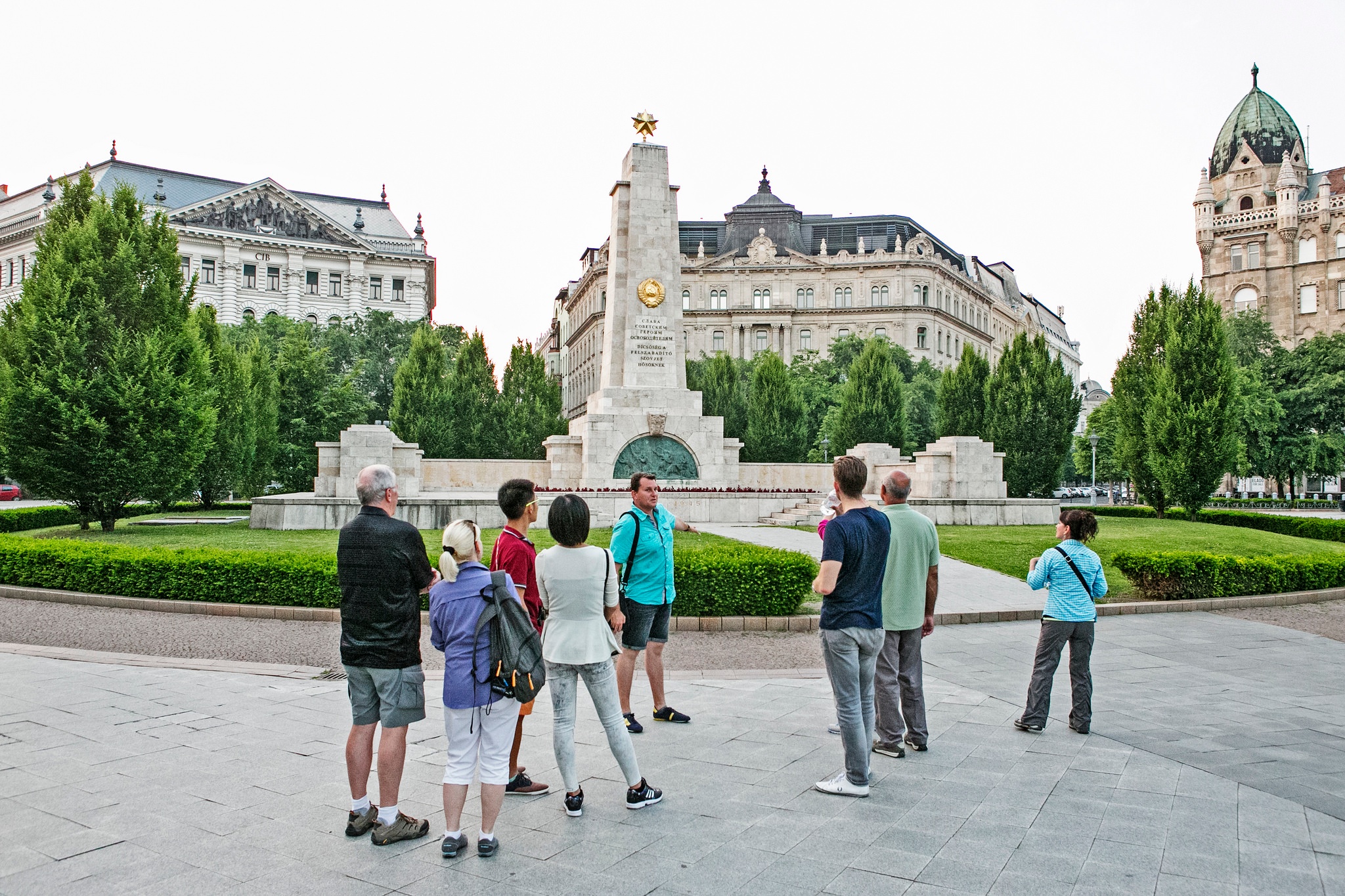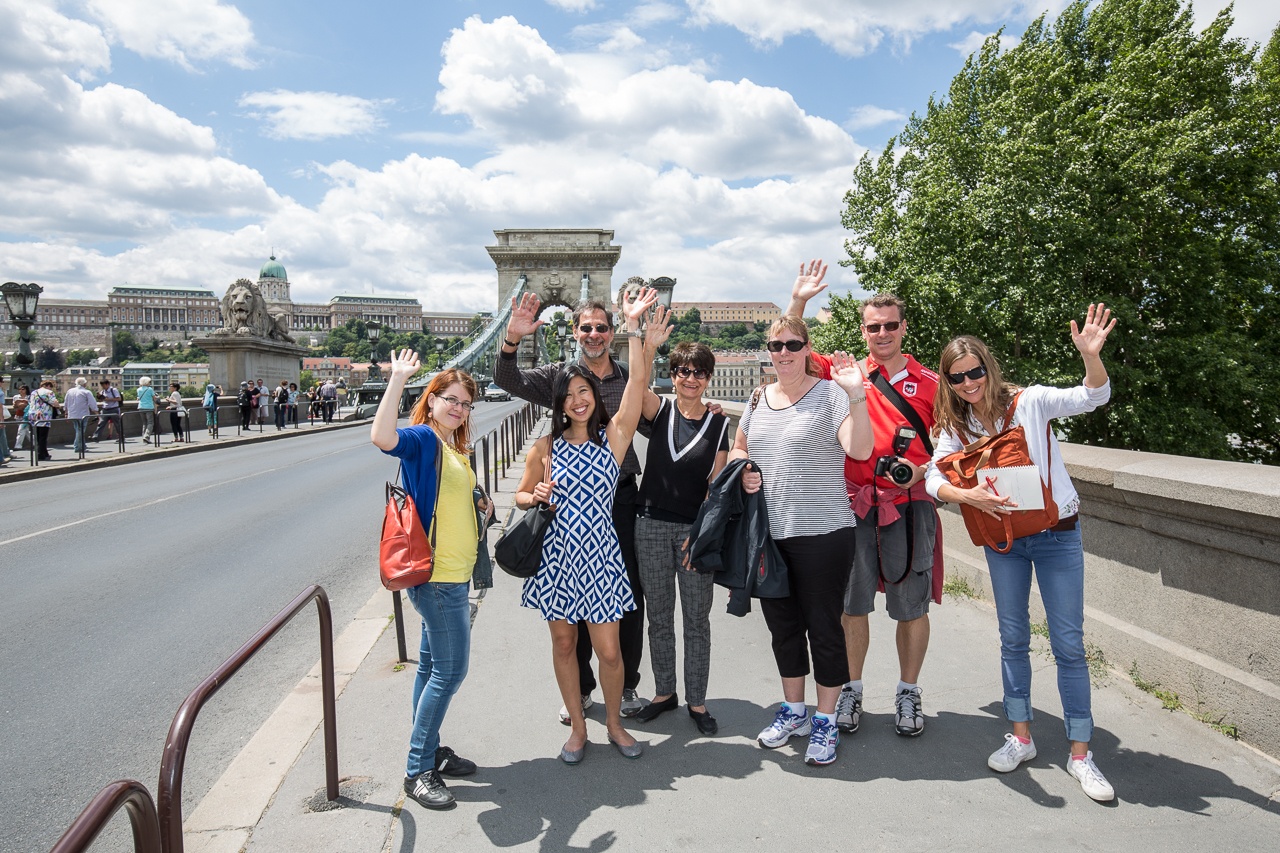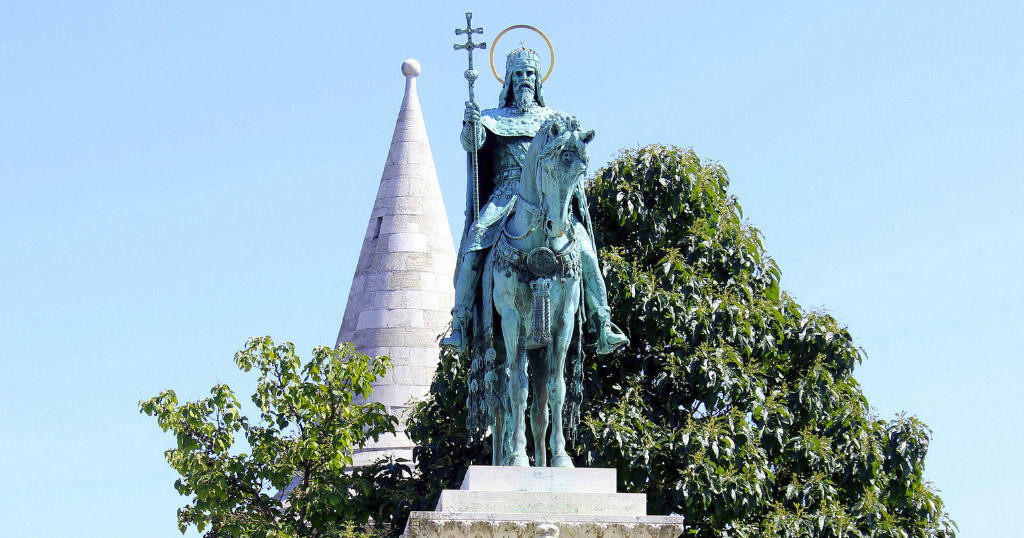Rudas Baths is one of the most authentic Turkish baths in Budapest, a city that has such a special relationship with the magical elixir of life that part of its name, Buda, comes from the Slavic word for water. In fact, the Hungarian capital is known as the City of Baths.
This thermal bath complex was built in the sixteenth century, during the occupation of the Ottoman Empire, in an area on the shores of the Danube river, where the benefits of medicinal waters from three natural springs could be harnessed.
The six pools that make up the popular baths can be enjoyed as part of a historical circuit, ranging from a tub at a temperature of 11 degrees to another, in the hottest area, at 42 degrees centigrade.
The baths are not the only ones in the Hungarian capital but they are one of the best conserved and most popular among Budapest residents and tourists alike.
Architecture and health come together in one of the most impressive thermal complexes in Europe both for the benefits of its waters – they are known for their healing properties, above all for rheumatic, post-traumatic and gout illnesses, and for their Ottoman style, which has remained almost intact over the centuries, especially its popular octagonal pool, which is typical of the oldest Turkish baths.
Situated in the Buda area, close to the Citadel, the complex continues to be faithful to traditional Turkish bathing rituals, as handed down by the Ottomans.
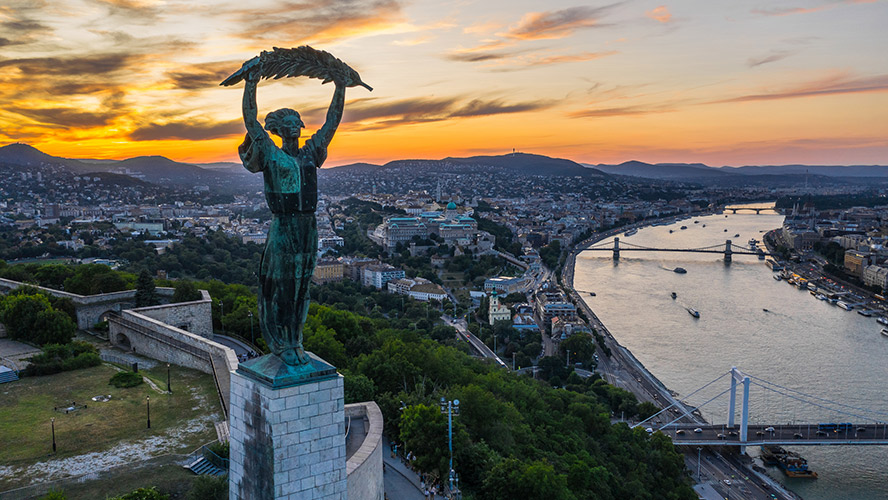
In fact, until the year 2006, women were still banned from entering Rudas, as was the case with similar complexes in the sixteenth century during the Empire.
Turkish baths were traditionally for the exclusive use of men, who would use them as a place for social gatherings, for business and political meetings or simply to enjoy the relaxation of bathing and massages. This remained the case in Budapest for over 400 years until the spa was remodelled this century and Hungarian women began to claim their right to use them.
These days there are separate time slots for men and women and on weekends both can enter at the same time. Lately, so-called night baths have become popular and the jacuzzi on the rooftop is a hidden delight.
The Ottomans, however, were not the first to discover the medicinal power of the underground waters of the Hungarian capital. In Roman times, thermal baths were built in the area they called Aquimcum, in other words, ‘place of wells’. True bathing culture as we understand it today came with the Turkish occupation in the sixteenth to seventeenth centuries.
History of Rudas Baths
Rudas Baths dates back 450 years, when Hungary belonged to the Ottoman Empire. The complex opened in the sixteenth century and was built in the style of Istanbul’s most typical Turkish baths.
Although the building has undergone several renovations over time, the original facilities are still the ones in use today.
Of all these renovations, the most notable was in the sixteenth century, in 1566, when it was enlarged by order of Pacha Mustafa Sokoli, demonstrating how popular the facilities were at the time.
Also worth mentioning are the works carried out in 1896, when therapeutic pools and a sauna were added, and in 2006, when twenty-first-century safety measures were installed while maintaining the essence of a traditional Turkish bath.
Three springs flow into the historical baths: Juventus, Attila and Hungaria, as well as another 15 smaller springs located in the surrounding area of Rudas.
The octagonal pool and other sections
The octagonal Ottoman pool is the highlight of a visit to Rudas Baths and one of its most characteristic features. Crowned by a Turkish-style dome spanning a diameter of 10 metres, it is replete with glass mosaics in a range of exotic colours, supported by eight columns dating from the time of its construction in the sixteenth century.
It is not the only room that attracts attention, however. Around the large pool are six more tubs: four on the sides, with water at different temperatures ranging from 28ºC to 42ºC to create the thermal effect, and another colder pool, which can reach a temperature of 11ºC, providing an incredible contrast.
As part of the renovation carried out in 2006 a space was added on the upper floor of the spa and wellness area. On the rooftop there is a jacuzzi that has become one of the biggest attractions of Rudas Baths, above all for the views it offers over the Pest area of the city.
Planning your visit
The most important thing to remember are the days reserved for men (Mondays, Wednesdays, Thursdays and Fridays) and the days for women (Tuesdays). Couples can only access the baths together on weekends, so expect to find a lot more people on those days.
It is also compulsory to wear flip flops and a swimming cap and to bring your own towels, which are not included in admission. However, all these basic bathing items can be bought before you get to the thermal pools. So if you forget anything, there is no need to worry.
The waters of Rudas Baths are rich in sulphate, magnesium, sodium, calcium and a considerable amount of fluoride ions. Many experts recommend it to treat joint problems, calcium deficiency, spinal discomfort, neuralgia and gout disease.
The complex also has a room through which healing water is pumped from one of the springs that supplies the baths. It has traditionally been recommended for people with kidney, respiratory or gastrointestinal tract diseases, among others.
Where to stay on your trip to Budapest
Budapest boasts a wide range of hotels, but finding a well-equipped place in the historical quarter is a sure-fire way to have a great stay. The Barceló Budapest is, in fact, a perfect choice for those looking to combine a spot of culture with some pampering, such as visiting Rudas Baths, or sampling the night-life. The hotel is surrounded by museums, art galleries, cafés and restaurants and is very close to some of the most important shopping areas, such as Andrássy avenue.




































































